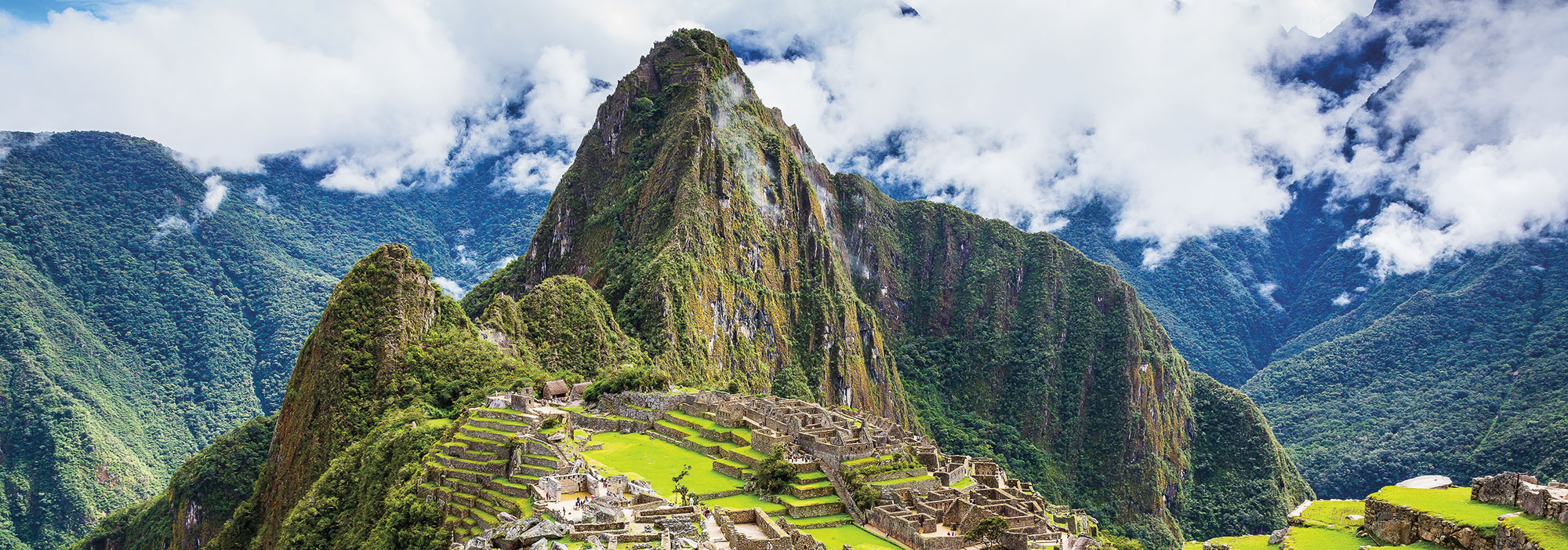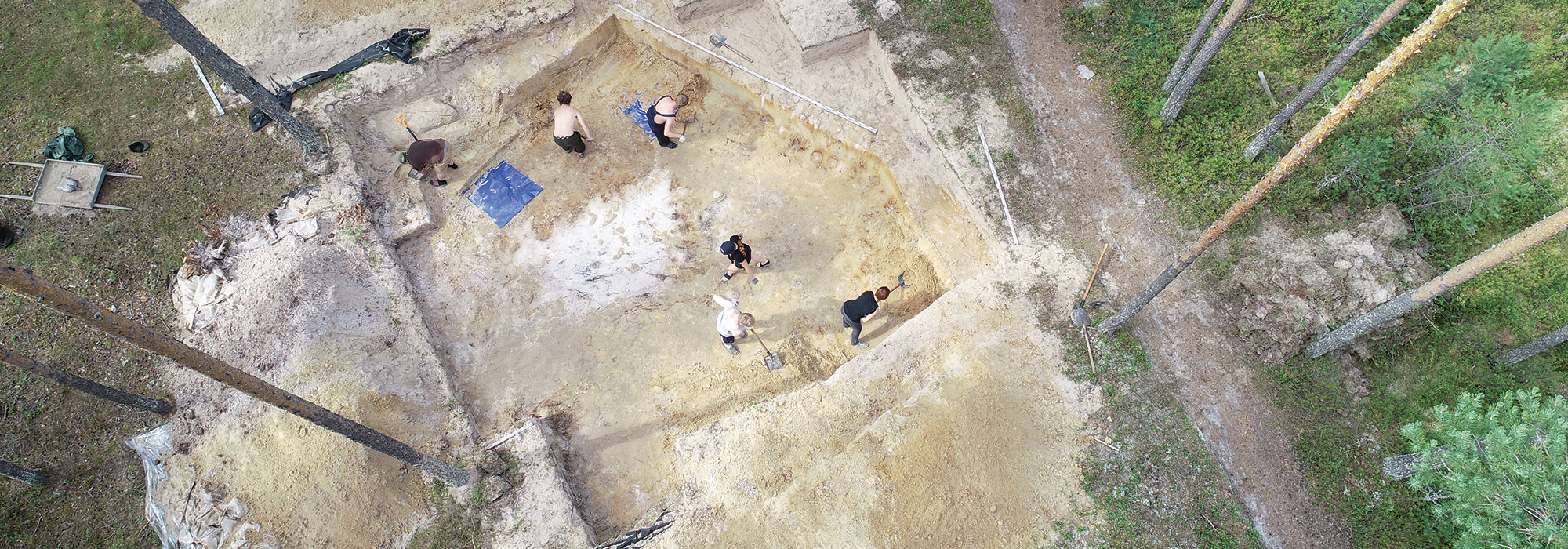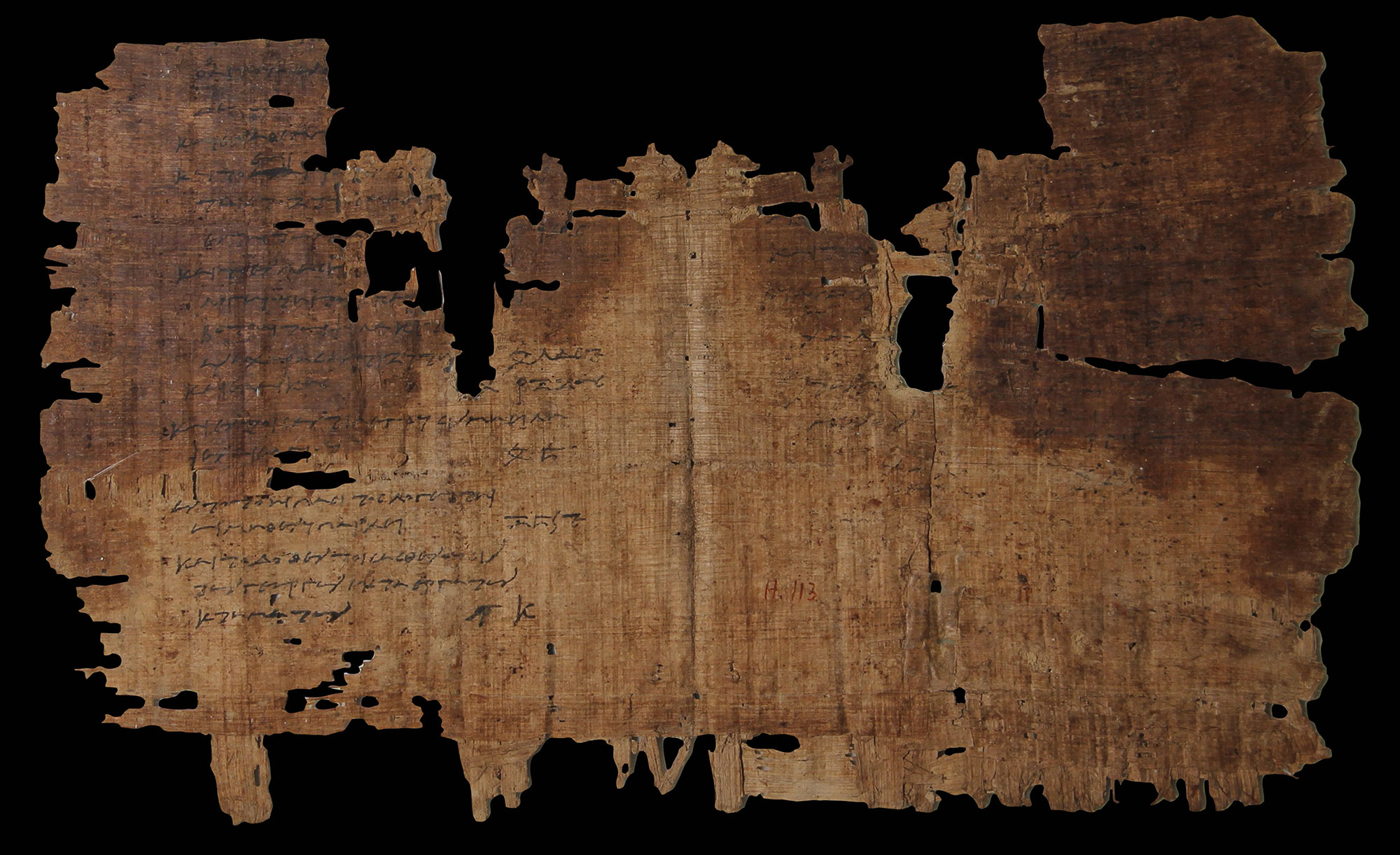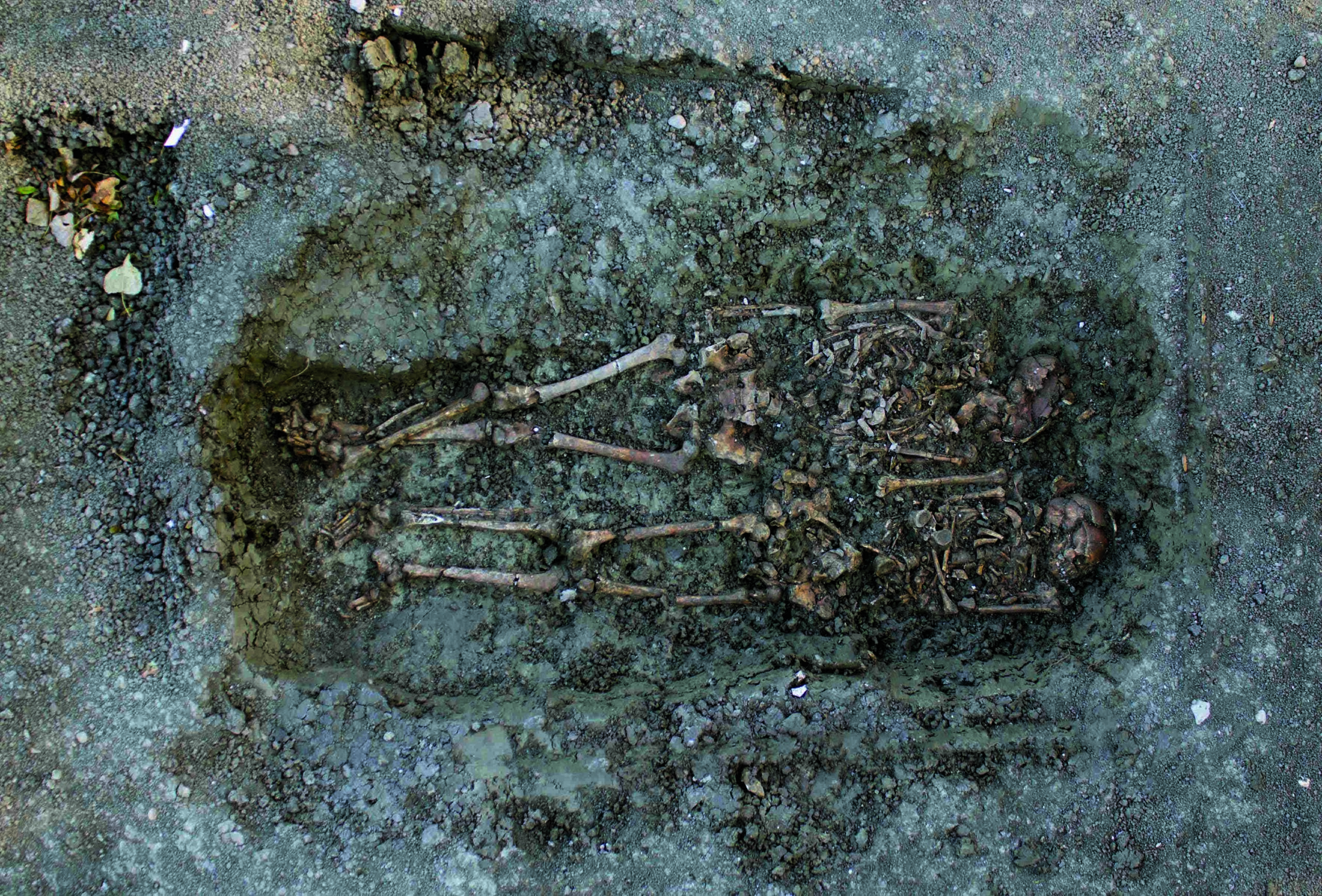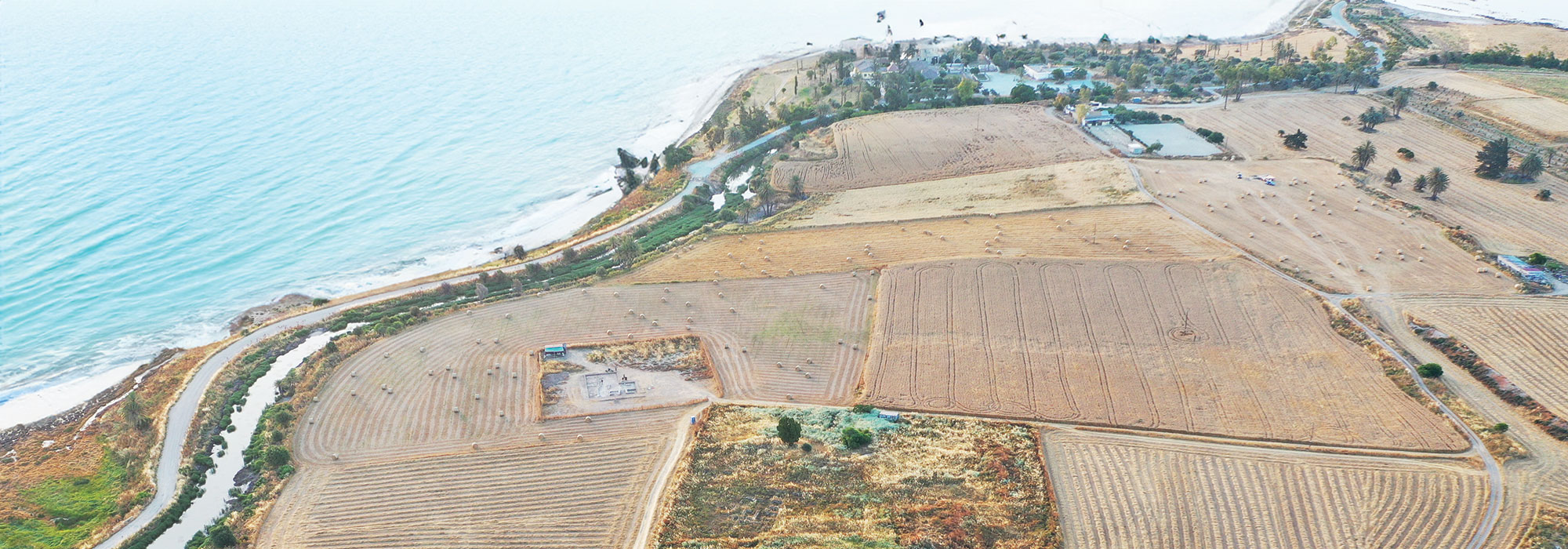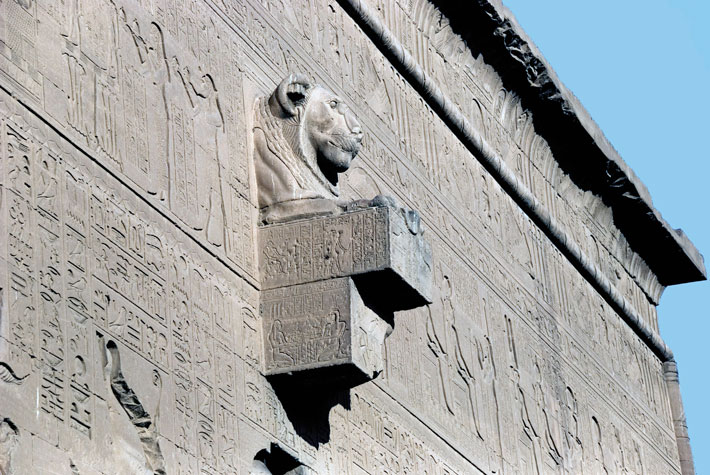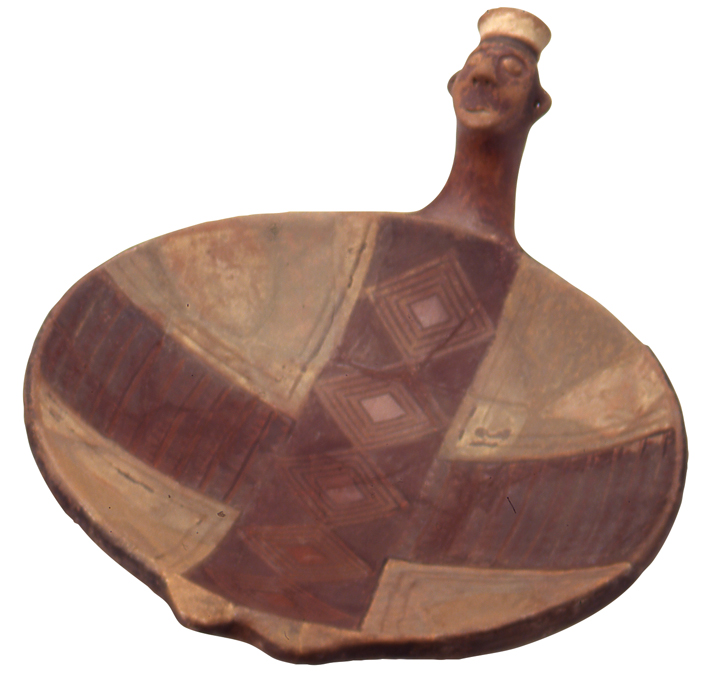
Nestled on a mountain ridge in the Urubamba Valley, Machu Picchu was built as a palace that was part of a larger royal estate belonging to the Inca emperor Pachacuti (reigned ca. 1420–1472). A team of retainers—skilled workers including craftspeople and religious specialists—maintained the estate year-round while the emperor and his entourage resided in the capital of Cuzco, 45 miles away. Until now, who these people were and where they came from has been a mystery. In 1912, explorer Hiram Bingham excavated the burials of more than 100 of these retainers outside the palace walls. Some were interred with pottery decorated in both provincial Inca and non-Inca styles, including depictions of people in Amazonian dress and in garments resembling those of the Inca.
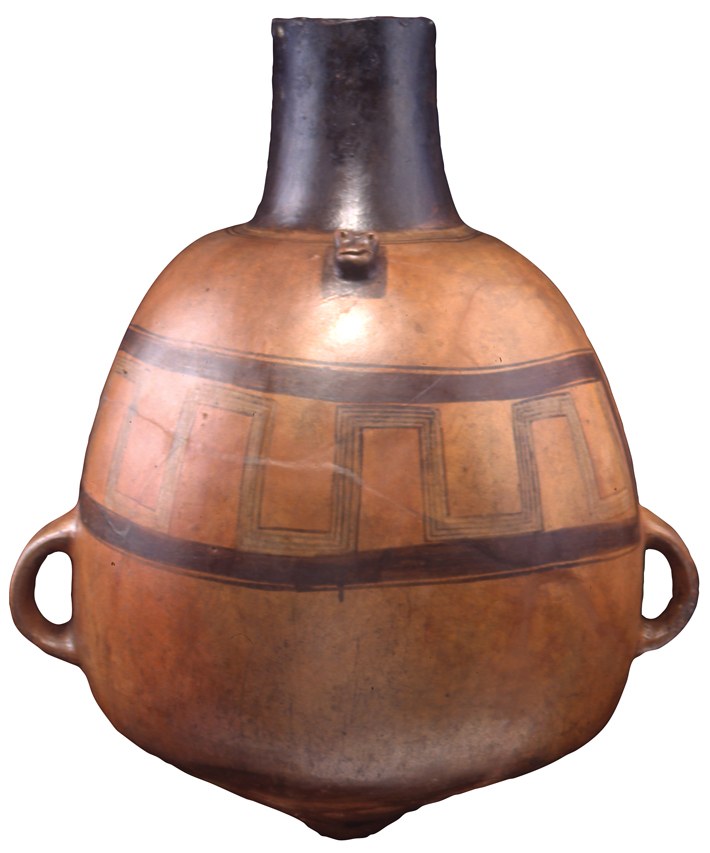
A new genetic study of 34 of the retainers, led by Yale University archaeologists Richard Burger and Lucy Salazar, archaeologist Jason Nesbitt of Tulane University, and biological anthropologist Lars Fehren-Schmitz of the University of California, Santa Cruz, reveals that Machu Picchu’s caretakers hailed from almost every part of the vast Inca Empire, which at its height stretched along South America’s west coast from what is now northern Ecuador to northern Argentina and parts of Chile. The researchers were particularly surprised to learn that one-third of the individuals came from two different regions of faraway Amazonia. “This suggests that at least part of the Amazon was more fully integrated into the Inca Empire in ways that scholars hadn’t appreciated before,” Burger says. “Amazonian people weren’t just on the other side of a frontier that had distant trade relations with the Inca.” With the exception of one mother-daughter pair, the retainers were not related, indicating that they were relocated to Machu Picchu individually rather than as families or community groups. “Most of the males came from the highlands,” Fehren-Schmitz says, “while a significant portion of the females seem to have had ancestries associated with the lowlands and coastal regions.” While living at Machu Picchu, these people had children and formed new family bonds, creating an ethnically diverse community.



